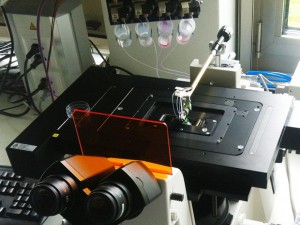Police in Manchester, United Kingdom, yesterday seized a 3-D printer and what they said were 3-D printed gun components, which would be a first in the UK. They arrested a man involved on suspicion of making gun powder, who told the BBC: “It’s nothing to do with a gun whatsoever.”
Soon after the announcement, coder and writer Dj Walker-Morgan tweeted that the components in the police photographs were just parts of the printer. For a comparison of the parts, see this New Statesman post. Of course, the police might have just posted photos of the wrong parts.
Read the rest of this blog post at IEEE Spectrum’s Tech Talk: [html] [pdf]

